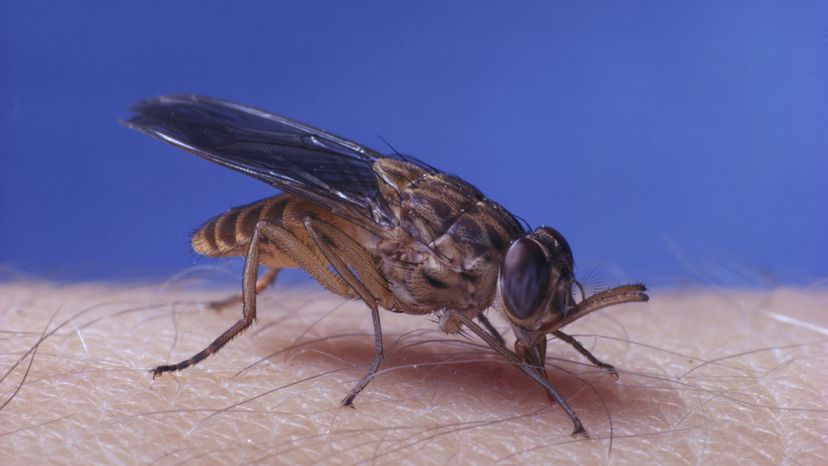
Get ready to explore one of Africa's most notorious insects: the tsetse fly. These tiny flies may not look like much, but they play a major role in spreading sleeping sickness, aka human African trypanosomiasis (HAT).
That's right, these little pests aren't just a nuisance; they're responsible for transmitting a parasitic disease that can cause serious health problems in both humans and animals.
Advertisement
But don't be too quick to blame all tsetse flies for this. There are many different tsetse species, and while some spread this dangerous parasite, others lead relatively low-key lives.